Few things can be as frustrating as stepping into the shower, eagerly anticipating a refreshing and invigorating experience, only to be met with a disappointing trickle of water.
If you’ve ever found yourself in a situation where the water pressure in your shower seems mysteriously low while the rest of your faucets and fixtures are working just fine, you’re not alone.
This common plumbing issue can leave you scratching your head, wondering what could be causing the problem and how to fix it.
If you get hot water pressure everywhere else in your house but the shower, you most likely have one of the following problems:
- There is a problem with the shower mixer valve
- Don’t set the anti-scald device too high
There are several causes of low shower pressure, such as a clogged showerhead, a closed valve, a worn-out mixing valve, a leaking pipe, or even a defective water heater.
Fix the problem as soon as possible to prevent additional damage and more expensive repairs.
Common Reasons Why There’s No Water Pressure In Shower But Plenty Everywhere
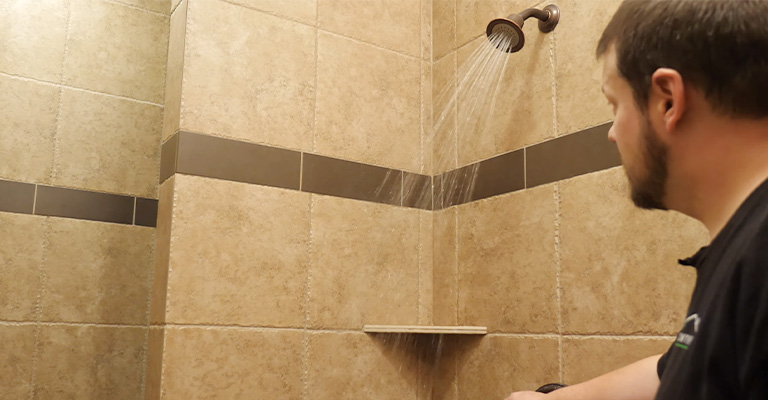
Having low water pressure in your shower may seem irritating, but the cause is often worse and hidden in your hot water pipes.
You’ll have to look at your water lines to see if it isn’t the tempering valve or an incorrect installation. There may be some water leaks throughout the house.
It doesn’t matter how quickly you fix it; you’ll incur further damage. The following guide highlights the four most common reasons for low water pressure in your shower and how you can improve it:
1. Issues With The Water Heater
If you are having trouble getting hot water when you turn on the hot water, you might have a problem with the water heater.
You need to call an experienced plumber to determine if the system needs to be repaired or replaced, or you can perform the repairs yourself if you are knowledgeable.
The mixing valve at the back of a showerhead that controls the amount of hot and cold water you send to a showerhead may be stuck or worn out if you have a single-handle faucet at the back of a showerhead.
It can be frustrating to shower if your mixing valve is worn out, as it can affect both the temperature and pressure.
It’s probably a broken pressure regulator that’s at fault. Water pressure regulators are responsible for keeping your home’s water pressure within safe limits. A faulty water pressure regulator can lower your water pressure.
2. Hot Water System Filter
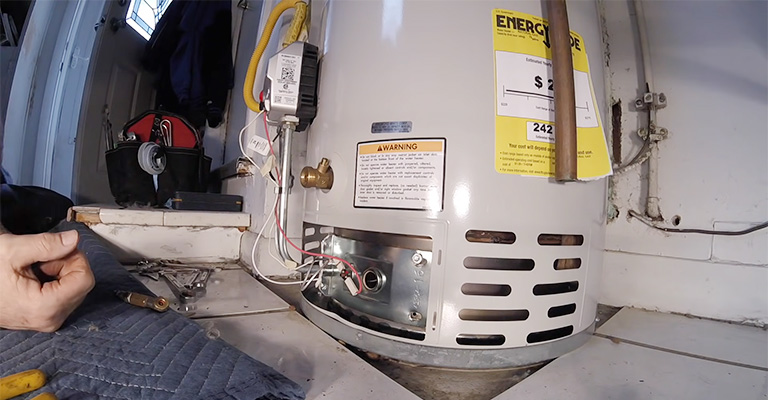
Some hot water systems include both input and output filters. When they filter effectively, they should eventually need cleaning. A clog could result from them becoming too dirty. For any questions you might have, call a local plumber.
3. Closed Valve
Several valves control the flow of water within the plumbing system.
Even partially closed nozzles can interfere with water pressure in a shower if they are partially closed from a mistake.
It is necessary to open the primary shutoff valve, inline valve, and water meter completely.
4. A Worn-out Mixing Valve
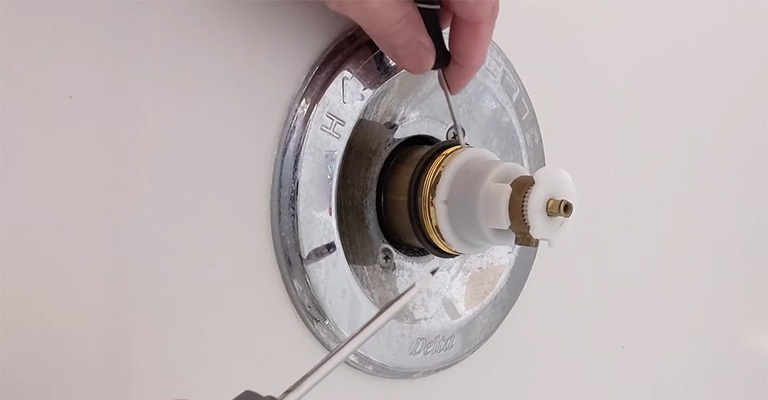
Hot and cold water is routed to the showerhead with a mixing valve in a tub or a single-handle faucet in the shower via a mixing valve. Water pressure can be reduced in your shower if a valve becomes stuck or wears out.
It is best to leave mixing valve removal and repair to a professional plumber because removing it can be challenging.
5. Taking A Shower During Peak Times
You may experience low showerhead water pressure for reasons related to factors outside your household and plumbing system.
Showering early in the morning or late at night is more likely to cause water consumption problems.
Check during off-peak times if your water pressure is low at other low-use times. The best time to take a shower is during off-peak hours if possible.
6. Mineral And Sediment Accumulation Within Pipes
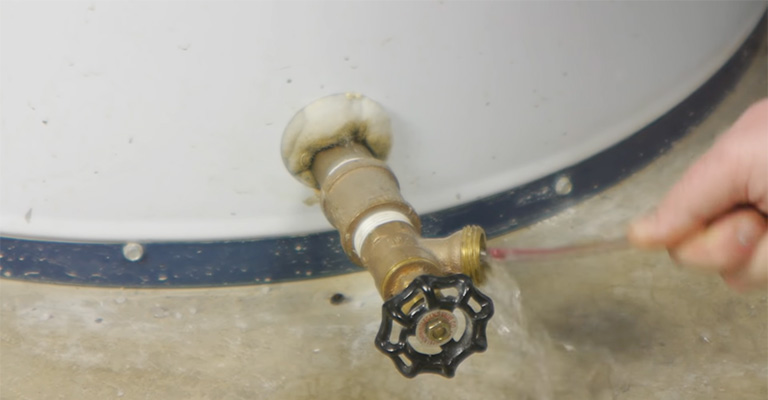
Shower pressure is commonly reduced in old buildings or bathrooms using galvanized pipes mainly because of mineral buildup (accumulating over time).
Iron pipes in an older house might have corroded, broken off, and formed a blockage. In older pipework, sand, dirt, and gravel can also clog them.
It’s nearly impossible to keep mineral deposits and buildup at bay, no matter how hard you try. Your own efforts at cleaning mineral deposits from pipes are incredibly challenging.
Contact a professional plumber in this situation to guide you on the best solution, which may involve replacing the pipes or flushing the system.
7. Restrictive Showerhead Valves
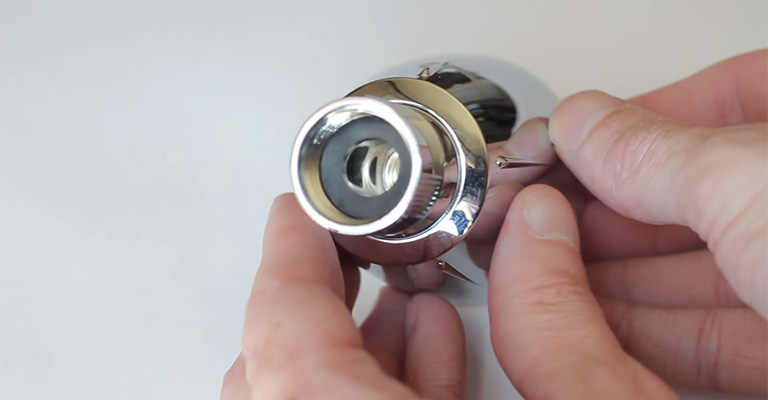
Showerheads that restrict water flow can come with a low-flow setting, or the showerhead itself can contain a valve that does the same.
Water restrictors are intended to save water, but they may restrict it beyond what you require, decreasing the pressure of the shower.
A showerhead that’s not working for you needs to be changed or uninstalled, depending on how well the restrictor works.
8. Clogged Pipes Or Fixtures
Most of the time, blocked pipes or drains cause no water pressure in the shower, bathrooms, and other areas of your house. There is also the possibility of a broken or leaking pipe.
Water may appear on your carpets or walls if this is the case. The damp smell may also make your water bill go up. You are most likely to encounter low shower water pressure in this situation.
A broken pipe or a leaky pipe are two entirely different things. This is a problem that a professional plumber or plumbing expert should handle at a reasonable price.
Rather, rust, calcium, debris, and sediment may be preventing water flow. It may simply be a faulty showerhead or tap itself, especially if one outlet has good pressure while the other has low pressure.
To remove mineral deposits and calcium buildup on your shower head, you can also clean it.
9. Leaking Pipes
The cause of no water pressure in the shower may be pipe leakage or fracture if everything else fails.
As a result, less water makes its way to the showerhead, causing the water to flow out without pressure.
Your only option when dealing with this situation is to hire a plumbing specialist in your area.
You can count on the experts to inspect the pipes using video inspection technology and then provide us with the best solution to fix your broken pipes.
How To Increase Water Pressure In Your Shower?
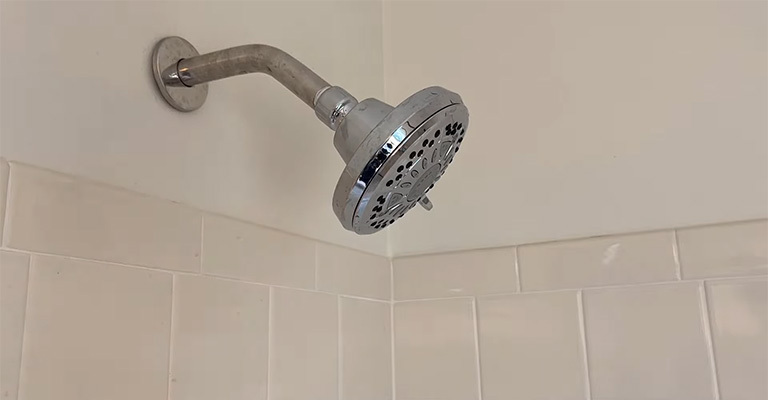
The majority of options for increasing the shower’s water pressure are affordable and easy to do. The following list provides an overview of low-cost alternatives.
1. Turn Off Other Appliances
In addition to running appliances like washing machines simultaneously, showering also stresses the water supply. Therefore, be sure to turn off equipment that creates high water demands.
2. Shower During Off-Peak Hours
In times off-peak, you can take showers without a pump if you don’t want to spend money on one. If you want to take a shower when the water is less congested, plan it during the low-use period.
3. Purchase A High-pressure Shower Head
In cases where plumbing is not the problem, you can purchase a showerhead designed to handle low-pressure showers.
With this showerhead, you will be able to create a stronger spray of water than with a standard showerhead, thus achieving adequate water pressure at the showerhead. The alternative may be worth exploring before moving on to more expensive options.
4. Check For Leaks
A leaky pipe could reduce the water volume reaching the shower and could cause a lack of water pressure.
Additionally, leaks in your house can cause extensive damage. Checking for leaks and repairing them as soon as possible is therefore essential.
5. Ensure The Valve Is Open Completely
Usually, you must turn off the water valve to repair a fixture in your house. Unfortunately, it’s easy to forget to turn it back on afterwards. Check the water pressure after it’s completely opened to see if it’s changed.
6. Look For Kinks
Check for bends in the water line or hose as another inexpensive solution. It is important to check the flexible line, if it is replacing pipes, to ensure there are no twists blocking water flow. You should also ensure that your shower head’s hose is not twisted.
7. Look For A Flow Restrictor
As outlined in the user manual that came with the shower head, remove the flow restrictor. Then uninstall it and check if the flow has improved once the showerhead is replaced.
8. Clean The Showerhead
- Ensure all debris is removed from the shower head.
- Clean the shower head’s filter with a toothbrush after removing its filter.
- Make sure each rubber nozzle is cleaned to prevent clogging.
- Put vinegar in a bowl and soak the shower head overnight if there are any noticeable mineral deposits on it.
- Replace the showerhead after cleaning and test it again. When the water pressure increases, you have solved the problem.
Final Words
A lack of water pressure in your shower can be fixed easily with DIY techniques. In some cases, however, the issue is more with the quality of the plumbing lines in your home than with the water pressure.
Remember, you can always call a highly recommended local plumber. Most hot water plumbing is illegal or dangerous to DIY.
It is hoped that this post has helped you identify the main causes of low water pressure in your shower and how to fix them. Get in touch with a plumber if the problem persists.







